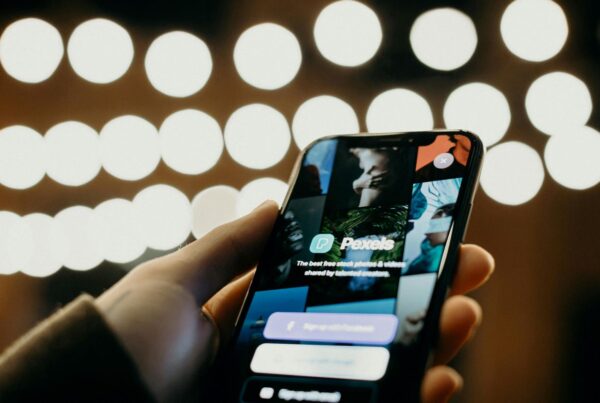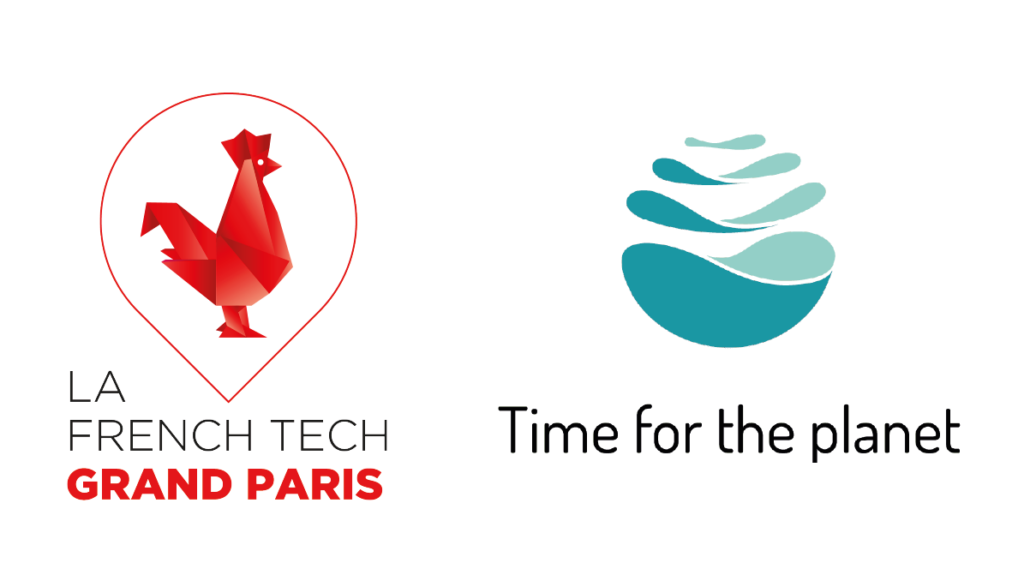Providing free, high-performance Wifi in public places has now become a standard, a service that no-one would be willing to do without on a daily basis: for shopping, travelling, leisure activities, holidays, etc. Most of us expect the places we frequent on a daily basis to offer free Wifi. On the other hand, when it comes to professionals offering Wifi, the marketing uses of Wifi are relatively unknown and therefore under-exploited.
As well as offering a service to users, Wifi can be used for marketing purposes, and become a real competitive advantage for professionals who know how to make relevant and strategic use of the data collected.
What is Wifi marketing? How can it be used as a tool to improve customer knowledge and engagement? Here’s how.
Table of contents
- What is Wifi marketing?
- Collecting and using data to create value
- Personalisation to drive engagement: the two pillars of Wifi marketing
What is Wifi marketing?
Free Wifi: a service that has become indispensable in public places
For customers and visitors, having free Wifi is no longer negotiable: being connected at all times and in all places has quite simply become the norm, a convenience that is no longer possible to do without. This service is all the more essential in places with poor 5G coverage, or for foreign visitors who don’t have a data package. To fully live up to its promise, Wifi needs to be easy to access, with a reliable connection and exclusive, personalised content.
Wifi marketing: definition
The term “Wifi marketing” simply refers to offering free Wifi to customers in exchange for their contact details. Free Wifi can be deployed at points of sale, but more generally in all places open to the public: restaurants, hotels, stadiums, airports, museums, concert halls, etc.
Although Wifi is now present in all public places, its nature has changed and it is no longer simply an Internet access point. It’s much more than just putting in place a technical infrastructure for Internet access. The value of Wifi marketing lies in the fact that the data collected can be collected, analysed and reused to run targeted marketing campaigns (SMS, push notifications, newsletters, etc). In other words, the real challenge lies in making intelligent and relevant use of the data collected.
Wifi marketing in practice
To access free Wifi, users must go to a registration form or page. They provide the information requested (their telephone number, for example) and accept the terms of use in order to access free Wifi.
For its part, the company providing the free Wifi can choose which page to send the customer to: its website, social networks, personalised content, etc. Professional Wifi solutions now make it possible to customise the home page that the user lands on. The captive portal thus becomes a real shop window, a marketing tool designed to create a link with target audiences. In some cases, users can only access Wifi after passing through specific content.
There are many possible uses for Wifi marketing, from a simple communication channel to a genuine marketing tool offering targeted, personalised… and engaging content.
Collecting and using data to create value
Making the most of data
Data is now an integral part of companies’ intangible assets. However, it’s not enough to collect data: you also need to know how to make the most of it, analyse it to understand user expectations and provide a relevant, personalised response. In other words, the marketing use of Wifi is resolutely based on a value-creation approach.
The aim is not to collect connection data indiscriminately, but to develop a relevant approach in line with your marketing objectives. The collection of Wifi connection data is governed by the General Data Protection Regulation (GDPR) and the regulations governing the retention of connection data. Users are informed in advance of the data collection and give their consent.
Relevant data collection and use
What data can be collected using free Wifi? When used as a minimum, free Wifi marketing allows you to collect customers’ e-mail addresses or telephone numbers, but it can go much further in terms of customer knowledge, by collecting data on: the dates and times customers visit the shop, the length and frequency of visits, the average length of time visitors spend in the store, etc.
For businesses, setting up free Wifi for marketing purposes means collecting valuable data to build lasting commercial relationships: geolocating and analysing the customer journey in-store to optimise it, sending personalised offers via push notifications, etc. Wifi marketing is all about personalisation and proximity.
Personalisation for engagement: the two pillars of Wifi marketing
Creating opportunities through personalised content
Personalisation is a prerequisite for engagement. It is by knowing your audience well that you can satisfy them and improve your rate of engagement. The data collected via Wifi marketing gives us a better understanding of visitors’ profiles, behaviour, habits, tastes and so on. These are all elements that can be used to engage your targets over the long term with personalised content.
Communicating relevant information to the right people at the right time: this is one of the main promises of Wifi marketing, which can identify the users, channels and messages most conducive to engagement. This data-gathering approach has one main objective: to adapt the message, offers and services to the user in order to generate and maintain a qualitative relationship with them (offering customers new products that match their purchase history, for example).
Enhancing the customer experience to generate engagement
While e-commerce has grown enormously in recent years, physical points of sale still have a bright future ahead of them, but not under just any conditions. To continue to attract customers to physical points of sale, retailers must work to homogenise and streamline the customer experience, in other words, to reconcile online and offline.
Customers must now have a good reason to visit a physical outlet: an item to try on, an atmosphere to feel or an experience to enjoy. To enjoy this experience, there’s nothing like reducing friction as much as possible: adapting opening hours or promotional offers to suit busy times, directing visitors to the right queue to reduce the time they spend at the checkout, for example. In addition to retail outlets, sports venues and clubs are also well aware of the benefits of Wifi marketing to improve interaction with their visitors.
To offer this unique experience to your customers/visitors (and get them engaged), you will inevitably need to get to know them better using the data collected as part of your Wifi marketing strategy. CQFD.
In brief
Wifi marketing is an approach that involves offering free Wifi access to customers and visitors, and then collecting data about them in order to offer them personalised content. The aim? Create engagement through qualitative interactions.








